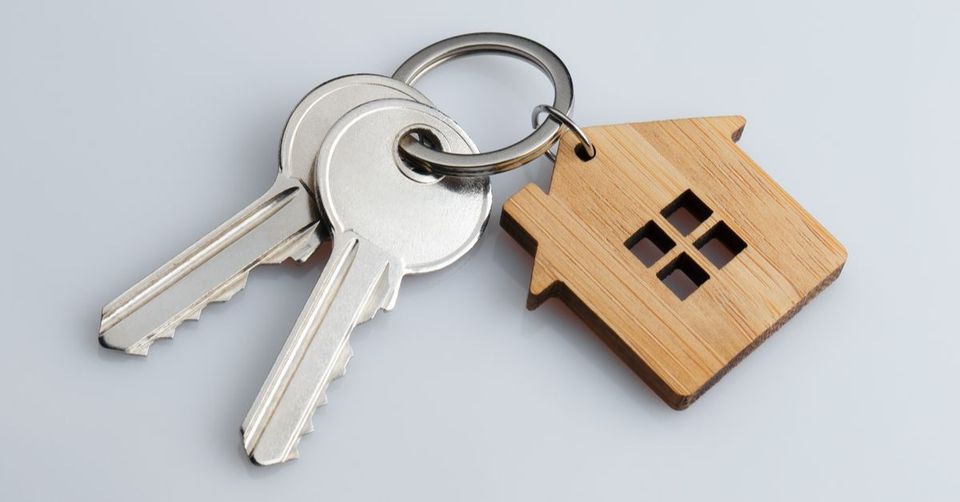If I want to rent my former primary residence, what should I consider about insurance?
Dustin Edwards • May 1, 2020
Take Time to Consider Your Insurance Needs

One of the ways that many people get into rental property ownership is by keeping their primary residence when they move. We have seen it time and time again. At times people move out of the state and want to keep their asset to allow them to move back. Other times people have stayed in their homes for 10 years and are ready to move to a different local neighborhood and figure others just would love to rent in a nice area that they too have enjoyed.
While we aren’t licensed insurance agents we wanted to share our tips for ensuring you are prepared when it comes to covering your rental property.
Landlord Insurance
This is the equivalent insurance to your homeowners insurance when you start renting your home. This would cover your property in an event such as a fire or other covered catastrophe. When you are looking at landlord insurance compared to your traditional homeowners insurance some of the key differences to consider are the following:
- Loss of Rents - In the event of a covered catastrophe how long will your loss of rents be covered for? Especially as this is not your primary residence this is a key factor to understand as insurance can then help you pay your mortgage while it is under repair. Many policies will list this as an option, just make sure to ask how long you are covered for in the event a covered incident occurs.
- Liability Coverage - On your primary residence you may not have given this much thought as after all you and your family are the primary ones on the premises. With your rental property in Long Beach you will want to understand how much coverage you have for liability protection. We recommend speaking with your insurance agent to understand how much is appropriate given your specific scenario.
- Personal Property - You might be thinking...but it’s a rental, not my property, what would I have there? Especially in Long Beach you might have provided such items as a lawn mower, washer/dryer, or even a refrigerator and these could be covered under the personal property provision. Outline to your insurance agent the items of personal property you have on premises and determine if they are covered.
Umbrella Policy
As an individual property owner you may or may not have an umbrella policy. In simple terms an umbrella policy is additional coverage that can be used when a specific policy (i.e. home, auto) hits a policy limit. Umbrella policies are very common and even if you don’t have a rental property we would suggest that you investigate this type of policy to see if it is right for your situation.
It is generally recommended to have an umbrella policy with a rental property as the aspect of dealing with the unknown on a regular basis can necessitate having an additional layer of insurance protection.
Renters Insurance
Renters insurance is not a policy that you as a rental property owner get; however, understanding that it is available for your tenants can save you awkward conversations. Renters insurance can help your tenants replace items in the event of incidents such as theft. We recommend sharing with your prospective tenants, as part of your welcome packet, that you recommend renters insurance to help them have the best possible experience while they rent from you.
When it comes to insurance there are many aspects to consider as these are just a few of them.
To help you understand more about your options we invite you to call us today at (562) 888-0247 and we will be happy to share our resources for insurance. Or if you prefer a complete evaluation of your property we invite you to fill out our Free Rental Analysis.





